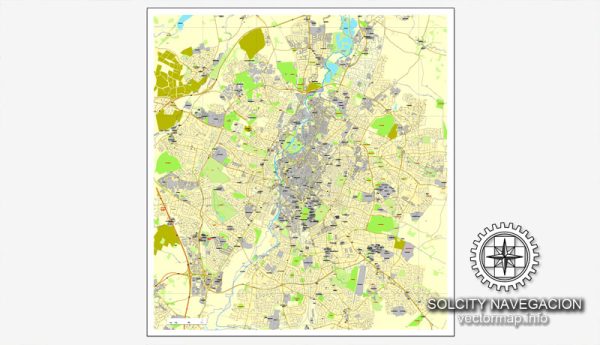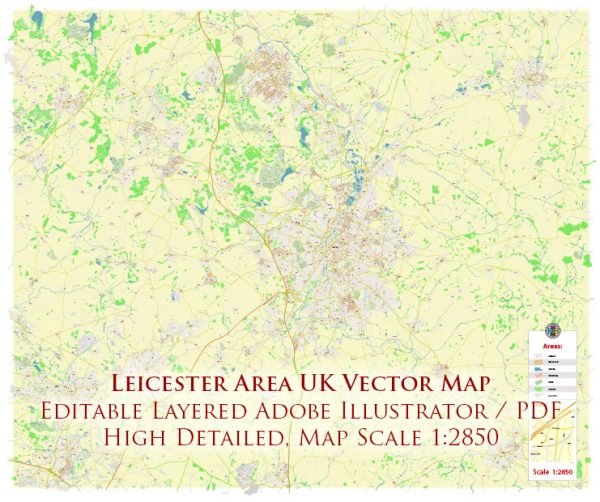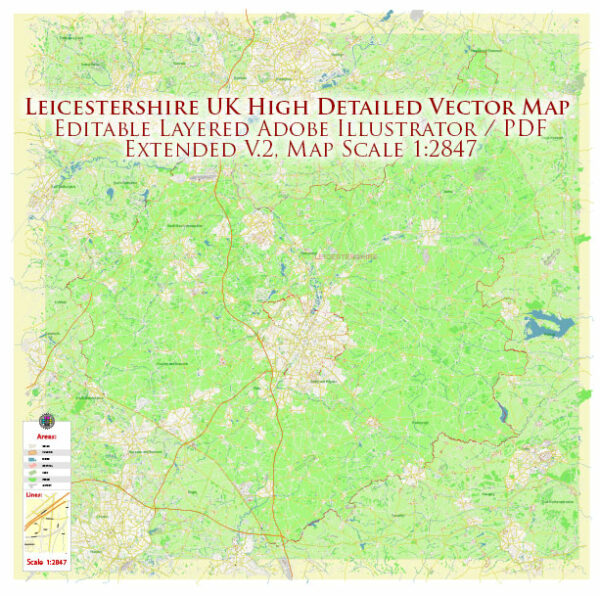Leicester, located in the East Midlands of England, has a rich history of urban development that spans centuries. The city’s origins can be traced back to Roman times when it was known as Ratae Corieltauvorum. The Romans established a settlement there around AD 50, and remnants of Roman baths and pavements have been discovered in the city.
After the decline of the Roman Empire, Leicester went through various phases of development under Anglo-Saxon and Viking influence. The medieval period saw the construction of Leicester Castle, which still stands today. The city became a thriving market town during the medieval era, with the marketplace playing a central role in its economic and social life.
During the Industrial Revolution, Leicester experienced significant growth and transformation. The textile industry, particularly the hosiery trade, became a major contributor to the city’s economy. Factories and mills were established, and the population expanded as people moved from rural areas to seek employment in the burgeoning industries.
In the 19th century, the arrival of the railway further facilitated industrial and commercial development. Leicester’s strategic location made it an important transportation hub, connecting it to other major cities in the region. The Victorian era also witnessed the construction of impressive civic buildings, such as the Town Hall and the Haymarket Memorial Clock Tower.
The 20th century brought further changes to Leicester’s urban landscape. The city faced challenges during World War II, experiencing bombings that caused damage to some areas. After the war, there was a period of post-war reconstruction and modernization.
In recent decades, Leicester has continued to evolve as a diverse and multicultural city. Urban renewal projects have transformed certain areas, and the city has embraced modern architecture while preserving its historic landmarks. The Highcross Leicester shopping center, opened in 2008, is an example of contemporary urban development that has contributed to Leicester’s economic and cultural vibrancy.
Leicester’s history of urban development reflects its resilience and adaptability to changing economic and social circumstances. Today, the city stands as a blend of historical charm and modern amenities, with a diverse population that reflects its rich cultural heritage.




 Author: Kirill Shrayber, Ph.D.
Author: Kirill Shrayber, Ph.D.